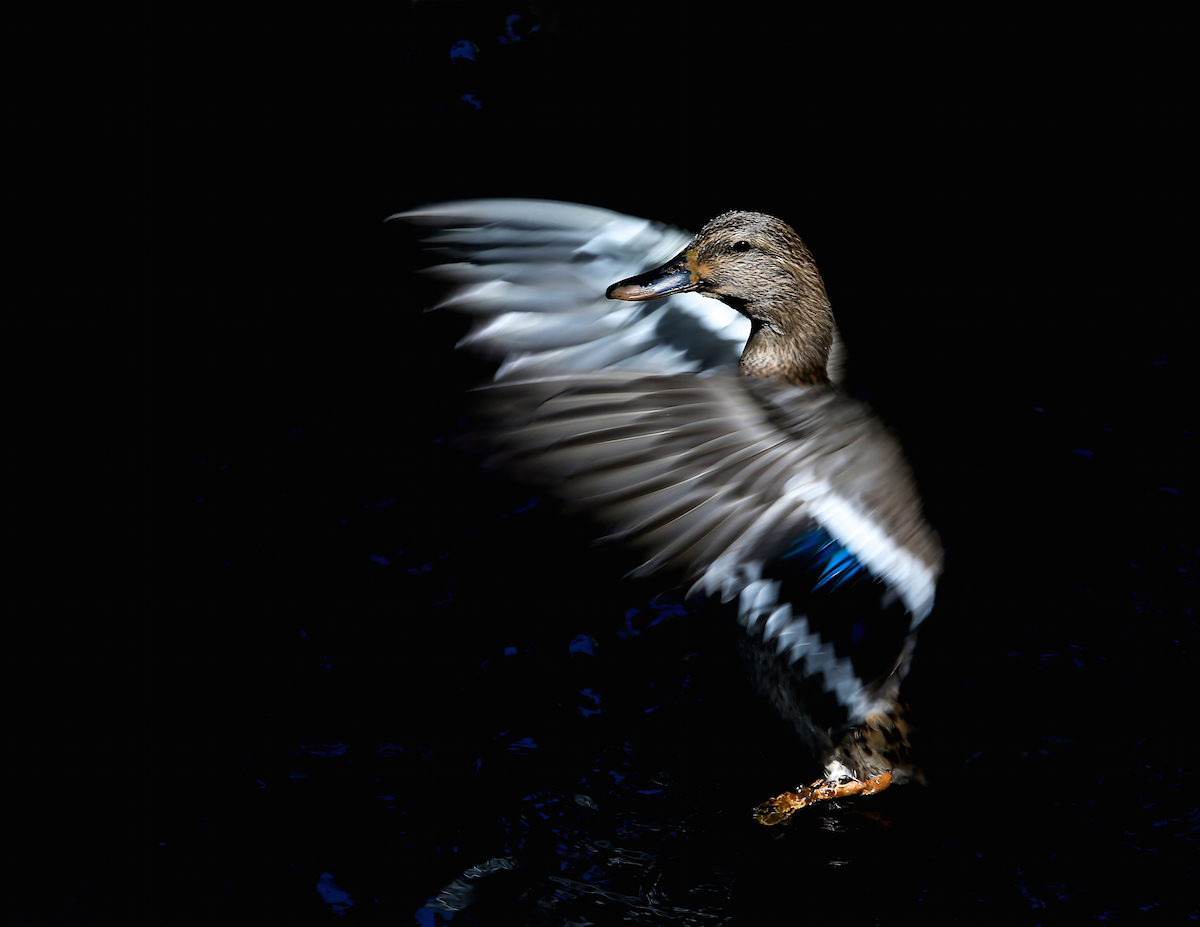Welcome to the 2nd publication of Under the Basho!
 A year ago we decided to present UTB as an ongoing, organic journal, allowing visitors to see, poem by poem, its development and inspiration. Poets from around the world have collectively produced a fine representation of haiku following the interminable tradition of altruistic artists before them. In this unique approach, we have offered six divisions for poets to be showcased: Traditional (5/7/5), Stand-Alone Hokku, Modern Haiku, One-Line Haiku, Concrete Haiku, and Personal Best.
A year ago we decided to present UTB as an ongoing, organic journal, allowing visitors to see, poem by poem, its development and inspiration. Poets from around the world have collectively produced a fine representation of haiku following the interminable tradition of altruistic artists before them. In this unique approach, we have offered six divisions for poets to be showcased: Traditional (5/7/5), Stand-Alone Hokku, Modern Haiku, One-Line Haiku, Concrete Haiku, and Personal Best.
This year we have also presented three features for your perusing. They are humble proposals that are thought provoking, artfully prepared, and engaging. Geoffrey Wilkinson offers a terrific story comparing Basho and Keats. His story begins in Iga Ueno at the birth of Basho and takes the reader along on a fantasy trip down the "Narrow Road to the Western Isles" as "If Keats had journeyed with Basho." Midway, Wilkinson offers this thought:
"The most extraordinary parallels are between the sensibilities of Keats and Bashō, and their ways of
expressing what they feel they are trying to achieve in their writing."
Pondering Haiku - 21st Century Ripples is a new addition to the journal. It presents the first three of twenty-three discussions held in a public forum. Topics were posited and discussions ensued. The opinions of poets from several countries unfolded through engaging explorations of thoughts and ideas as to what haiku is, what it should be (if anything), and where it might be heading. Traditionalists (Basho centric) to visionary modernists, loosened their belts, leaned over their computers and pondered together — "Haiku: what is it?"
The first Pondering is focused on the "engine" of haiku. The second challenges the panel to post haiku that represents their perspectives as unveiled in the first Pondering. The third one challenges the haiku poets to, once again, attempt to define haiku in both a "dictionary worthy" and "beginner worthy" way. The second aspect of Pondering #3 is "do you think that beginners and advanced poets operate from different definitions?" Examples of a few of the fine haiku accepted for publication are:
Stand-alone Hokku:
snow sky . . .
the blackbird's fluid
sumi-e stroke
Mark E. Brager
One-Line Haiku:
rain beating on rain he cracks
Chen-ou Liu
Traditional (5/7/5):
Japanese garden
from one path to another–
nothing on my mind
Adelaide B. Shaw
Modern Haiku:
food bank
a pigeon joins
the queue
John McManus
Personal Best:
mayfly
no time
to look back
Gregory Longenecker
When different styles of haiku are combined as they are here, the breadth of the Under the Basho collection is revealed. Our team hopes that you enjoy reading the content contained in this publication, and that while we perhaps retain differing opinions as to what haiku is in the present climate, we continue to respect the artistry and creative force of the poets at hand.
Photo by Don Baird, 2014